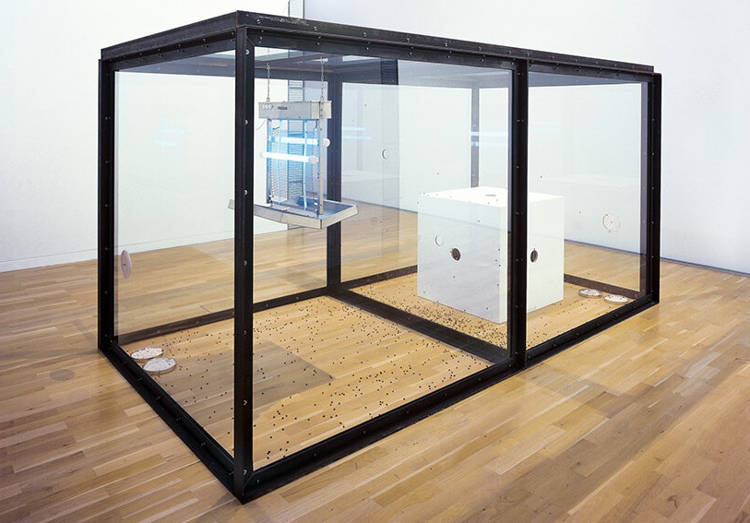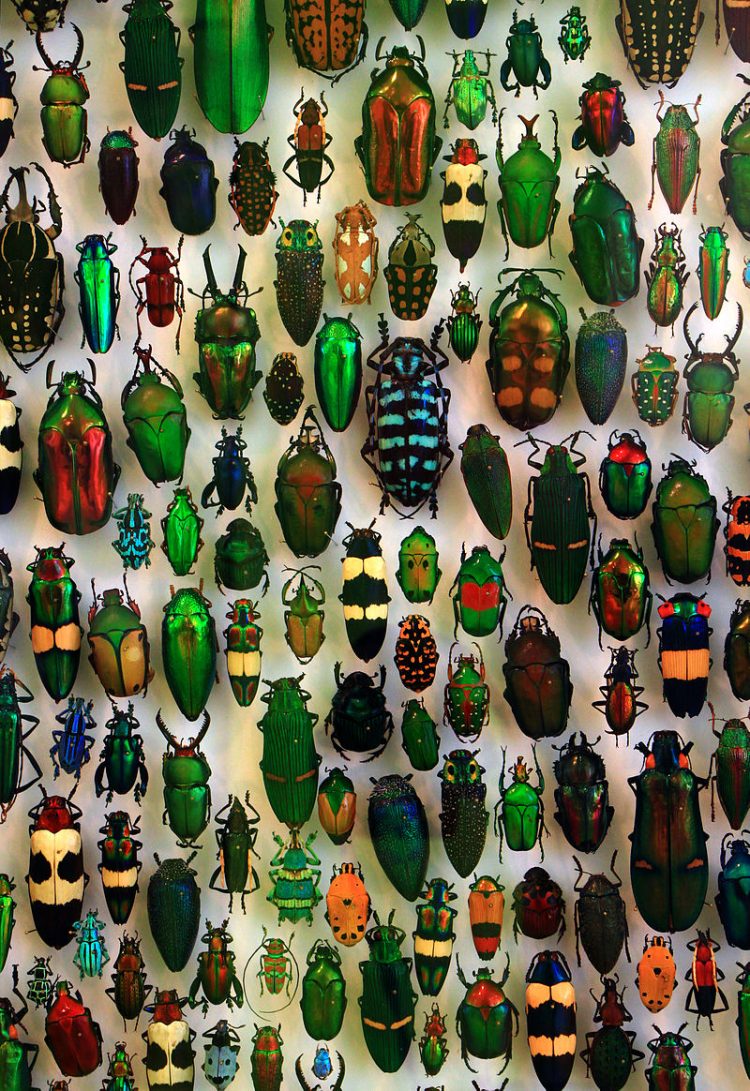A museum in the German city of Wolfsburg recently removed a controversial art installation by English artist Damien Hirst after animal rights group PETA filed a complaint about it killing flies.
Flies are generally seen as annoying pests to be exterminated or at least kept at bay, but a controversial art installation featuring a fly-killing UV light has attracted the wrath of animal rights group PETA and sparked a heated debate about the rights of the flying insects. Titled “A Hundred Years (1990)”, the art installation by award-winning artist and entrepreneur Damien Hirst was recently removed from Kunstmuseum Wolfsburg after PETA filed a complaint claiming that it infringed on Germany’s Animal Welfare Act, which bans the killing or harming of animals without proper reason. Whether flies fall under that law or not is yet to be determined, but the decision has already sparked controversy in Germany.











